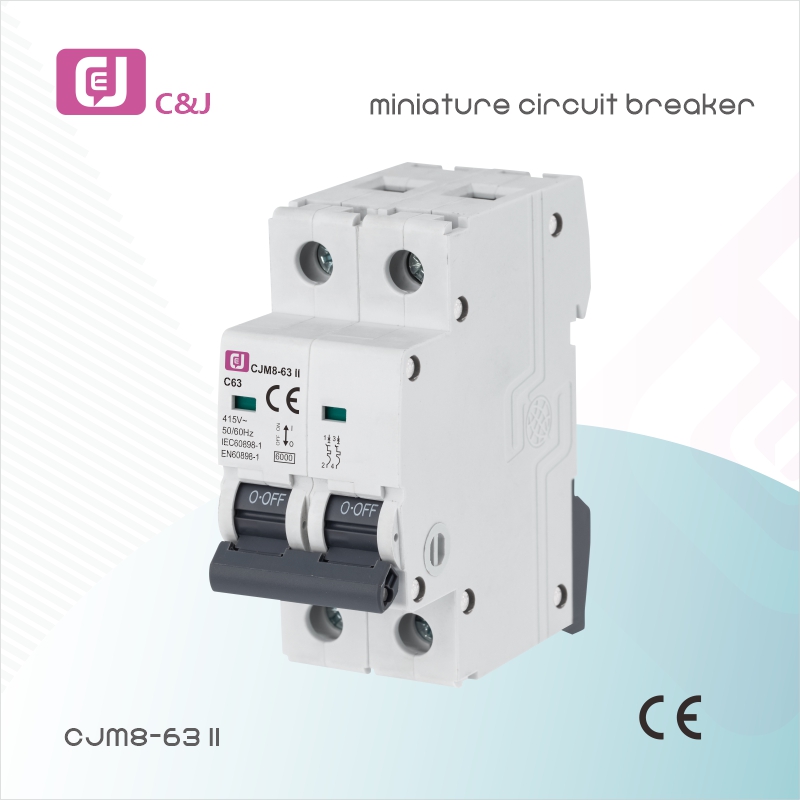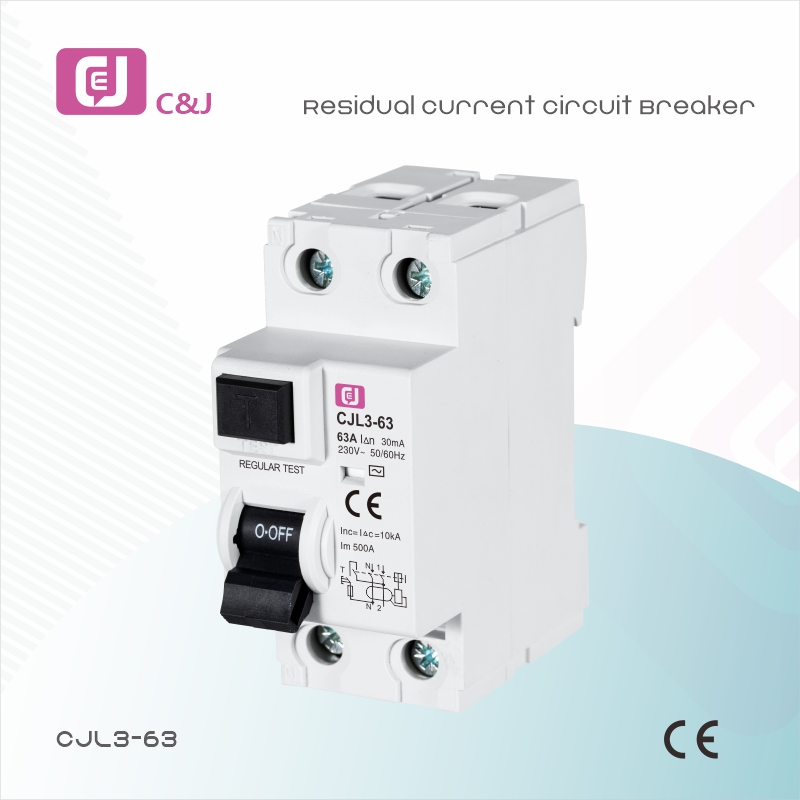Understanding MCBs and RCCBs: Essential Components of Electrical Safety
Safety is paramount in electrical installations. Miniature circuit breakers (MCBs) and residual current circuit breakers (RCCBs) are two key components for ensuring electrical safety. These two devices have different uses but are often used together to provide comprehensive protection against electrical faults. This article explores the functions, differences, and applications of miniature circuit breakers (MCBs) and residual current circuit breakers (RCCBs), highlighting their importance in modern electrical systems.
What is MCB?
A miniature circuit breaker (MCB) is an automatic switch used to protect electrical circuits from overloads and short circuits. When the current flowing through a circuit exceeds a predetermined limit, the MCB trips, interrupting the flow of current. This prevents potential damage to electrical appliances and reduces the risk of fires caused by overheating wiring.
Miniature circuit breakers (MCBs) are rated for current depending on their current-carrying capacity, typically ranging from 6A to 63A. Designed to be manually reset after tripping, they are a convenient option for residential and commercial electrical systems. They are crucial for protecting individual circuits, such as lighting, heating, and electrical outlets, ensuring that a single circuit failure does not affect the entire electrical system.
What is RCCB?
A residual current circuit breaker (RCCB), also known as a residual current device (RCD), is designed to protect against ground faults and electric shock. It detects an imbalance between the live and neutral conductors, which can occur due to insulation failure or accidental contact with live parts, causing current to leak to ground. When this imbalance is detected, the RCCB trips and disconnects the circuit, significantly reducing the risk of electric shock and fire.
RCCBs are available in a wide range of current ratings, typically from 30mA for personal protection to 100mA or 300mA for equipment protection. Unlike MCBs, RCCBs do not provide overload or short-circuit protection, so they are often used in conjunction with MCBs in electrical installations.
Key differences between MCB and RCCB
While both MCBs and RCCBs are crucial to electrical safety, they have different functions:
1.Type of Protection: MCB protects against overload and short circuit whereas RCCB protects against earth fault and electric shock.
2. Operation Mechanism: Miniature Circuit Breakers (MCBs) operate based on current levels, tripping when the current exceeds a set limit. Residual Current Circuit Breakers (RCCBs) operate based on current imbalance, tripping when there is a difference between the live and neutral currents.
3. Reset: MCB can be reset manually after tripping, while RCCB may need to be reset manually after the fault is resolved.
Application of MCB and RCCB
In residential and commercial settings, miniature circuit breakers (MCBs) and residual current circuit breakers (RCCBs) are often used together to build a robust electrical protection system. For example, in a typical home, MCBs might be installed in lighting and power circuits, while RCCBs might be used in high-risk areas like bathrooms and kitchens, where the potential for electric shock is higher.
In industrial applications, MCBs and RCCBs are essential for protecting machinery and equipment from electrical faults, ensuring safe operation and minimizing downtime.
In conclusion
In short, miniature circuit breakers (MCBs) and residual current circuit breakers (RCCBs) are integral components of electrical safety systems. MCBs protect against overloads and short circuits, while RCCBs protect against ground faults and electric shock. Understanding the functions and applications of these devices is crucial for anyone involved in electrical installation or maintenance. By combining MCBs and RCCBs, we can create a safer electrical environment, protecting people and property from the hazards of electrical faults.
Post time: Aug-19-2025



